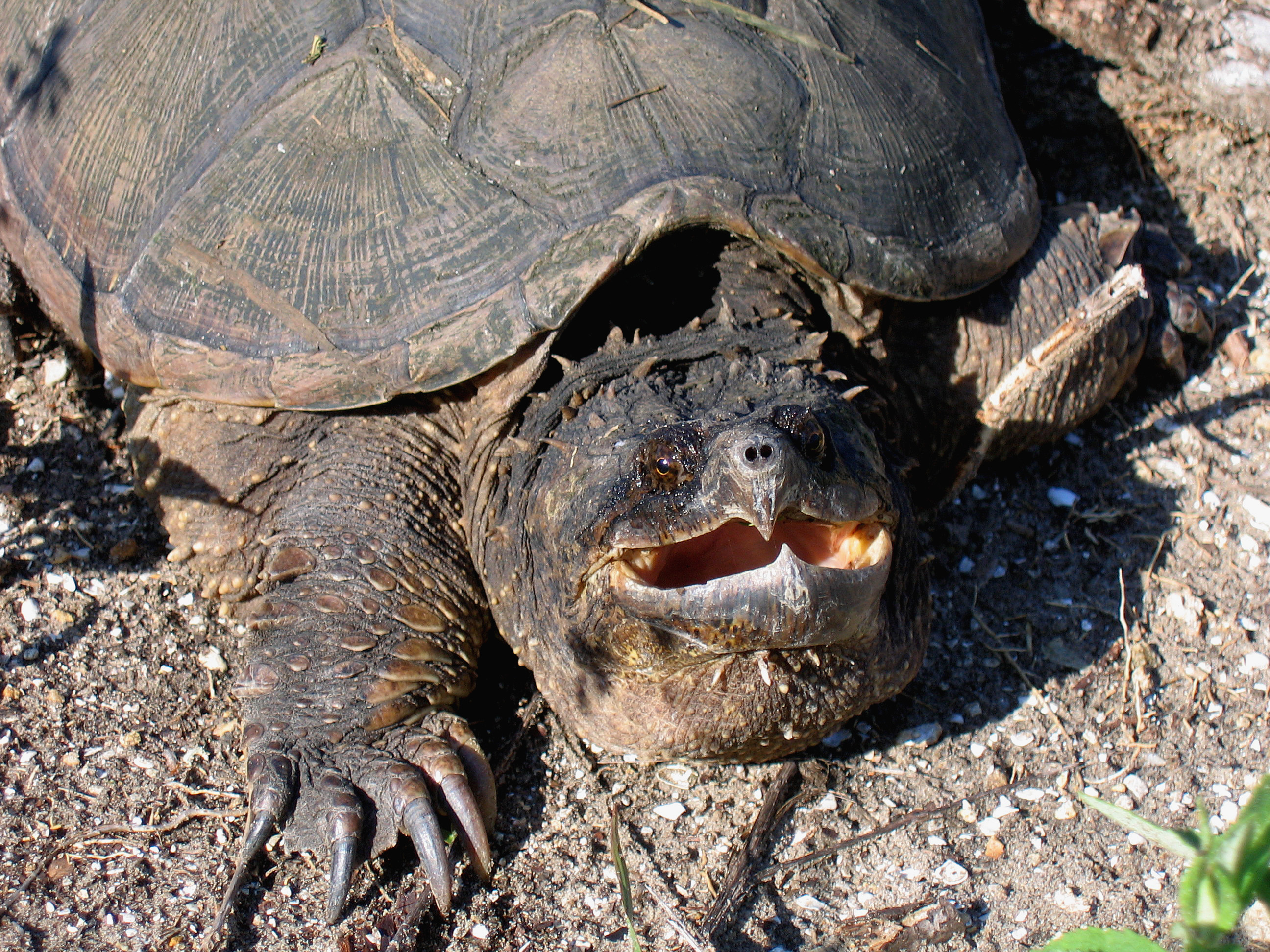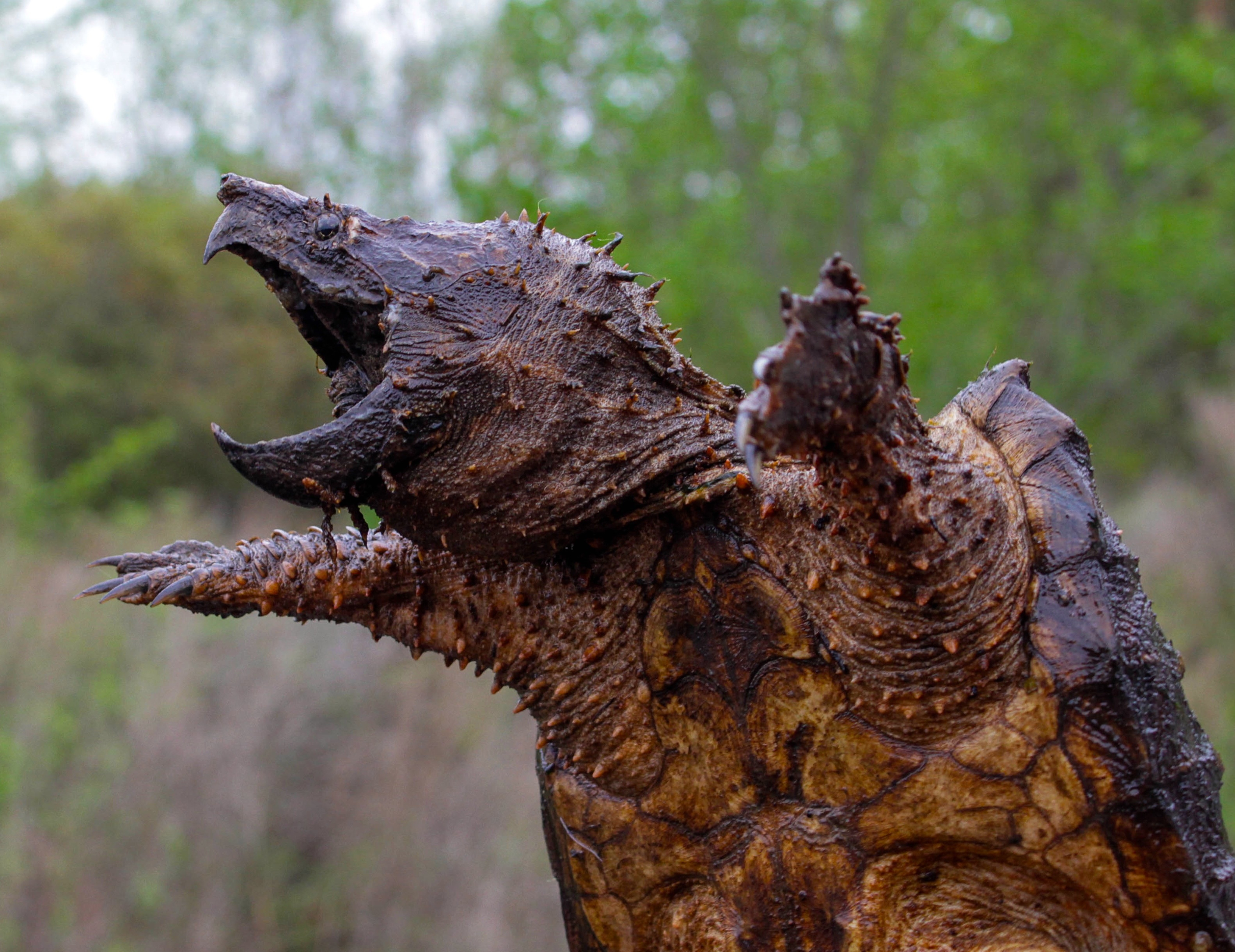The old snapping turtle is a creature cloaked in mystery and awe, an ancient mariner of freshwater ecosystems that has captured the curiosity of nature enthusiasts and scientists alike. With its rugged shell, prehistoric appearance, and remarkable lifespan, this reptile has become a living testament to survival and adaptation. These turtles, often found in ponds, lakes, and rivers, are not just fascinating for their age but also for their vital role in maintaining ecological balance. They are both feared and revered, a symbol of resilience in an ever-changing world.
In the realm of the animal kingdom, few creatures boast such a storied history as the old snapping turtle. These turtles are among the longest-living reptiles, with some individuals surpassing a century in age. Their powerful jaws, stealthy demeanor, and unyielding tenacity make them standout characters in the wild. Beyond their physical traits, snapping turtles are also marvels of biology, employing incredible adaptations that allow them to thrive in diverse habitats. From their ability to hibernate during harsh winters to their capacity for long underwater stays, snapping turtles are, without a doubt, among nature’s most impressive survivors.
Despite their unassuming presence, old snapping turtles are integral to the ecosystems they inhabit. Acting as scavengers, they help clean up aquatic environments by consuming dead fish and organic matter. Their unique role, coupled with their ancient lineage, makes them valuable for ecological research and conservation efforts. This article delves deep into the life and legacy of the old snapping turtle, offering insights into its biology, habitat, behavior, and much more. Read on to discover why this ancient reptile continues to inspire wonder in both the scientific community and the general public.
Read also:California Legacy Admissions A Closer Look At The Impact And Future
Table of Contents
- Biological Overview of the Old Snapping Turtle
- Physical Characteristics: A Living Fossil
- Habitat and Distribution
- Diet and Feeding Habits
- Behavior and Social Structure
- Reproduction and Lifespan
- Ecological Role and Importance
- Threats and Conservation Challenges
- Human Interaction and Myths
- Unique Adaptations and Survival Strategies
- Legal Protection and Conservation Efforts
- Scientific Research and Discoveries
- Cultural Significance and Symbolism
- Frequently Asked Questions
- Conclusion
Biological Overview of the Old Snapping Turtle
The old snapping turtle, belonging to the genus Chelydra, is a remarkable species revered for its longevity and adaptability. The most common species, the common snapping turtle (Chelydra serpentina), and its larger cousin, the alligator snapping turtle (Macrochelys temminckii), are both native to North America. These reptiles are known for their distinctive appearance, with rugged shells and powerful jaws capable of delivering a formidable bite.
Snapping turtles are ectothermic (cold-blooded) creatures, relying on the external environment to regulate their body temperature. They are primarily aquatic but can occasionally be seen basking on logs or land. Unlike many reptiles, snapping turtles are highly adaptable and can thrive in a variety of environments, from murky swamps to fast-flowing rivers. This adaptability has helped them endure for millions of years, earning them the title of “living fossils.”
| Attribute | Details |
|---|---|
| Scientific Name | Chelydra serpentina; Macrochelys temminckii |
| Common Name | Common Snapping Turtle; Alligator Snapping Turtle |
| Average Lifespan | 30–50 years (wild); up to 100+ years (captivity) |
| Size | 8–18 inches (shell length); up to 175 lbs (alligator snapping turtle) |
| Diet | Omnivorous (plants, fish, small mammals, carrion) |
| Habitat | Ponds, rivers, lakes, swamps, and marshes |
The evolutionary history of snapping turtles dates back over 40 million years, making them one of the oldest species of reptiles still in existence. Their prehistoric features, such as the ridged shell and long tails, are reminiscent of their ancient ancestors, providing a glimpse into the past. This biological resilience has allowed snapping turtles to outlast numerous environmental changes and challenges.
Physical Characteristics: A Living Fossil
Snapping turtles are often described as "living fossils" due to their primitive appearance. Their large, rugged shells are typically dark brown, green, or black and often covered in algae, offering excellent camouflage in aquatic environments. The shell is not only a defensive feature but also a key aspect of their identity as reptiles...
--- Article continues with detailed subsections under each heading ---

